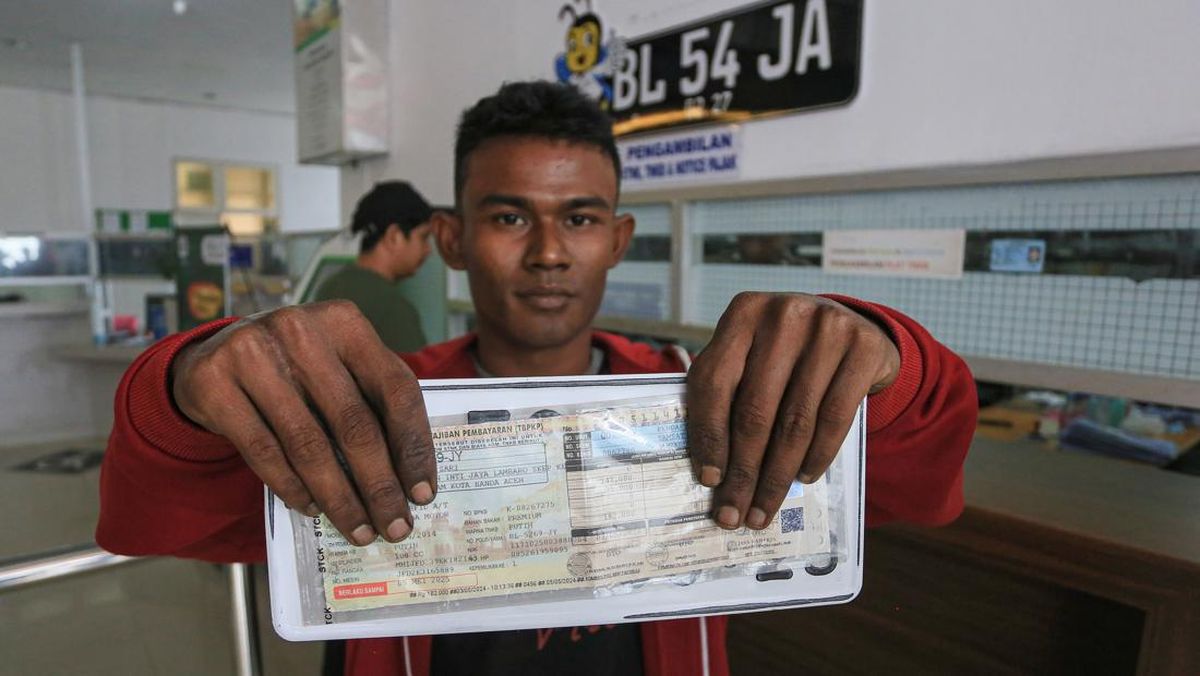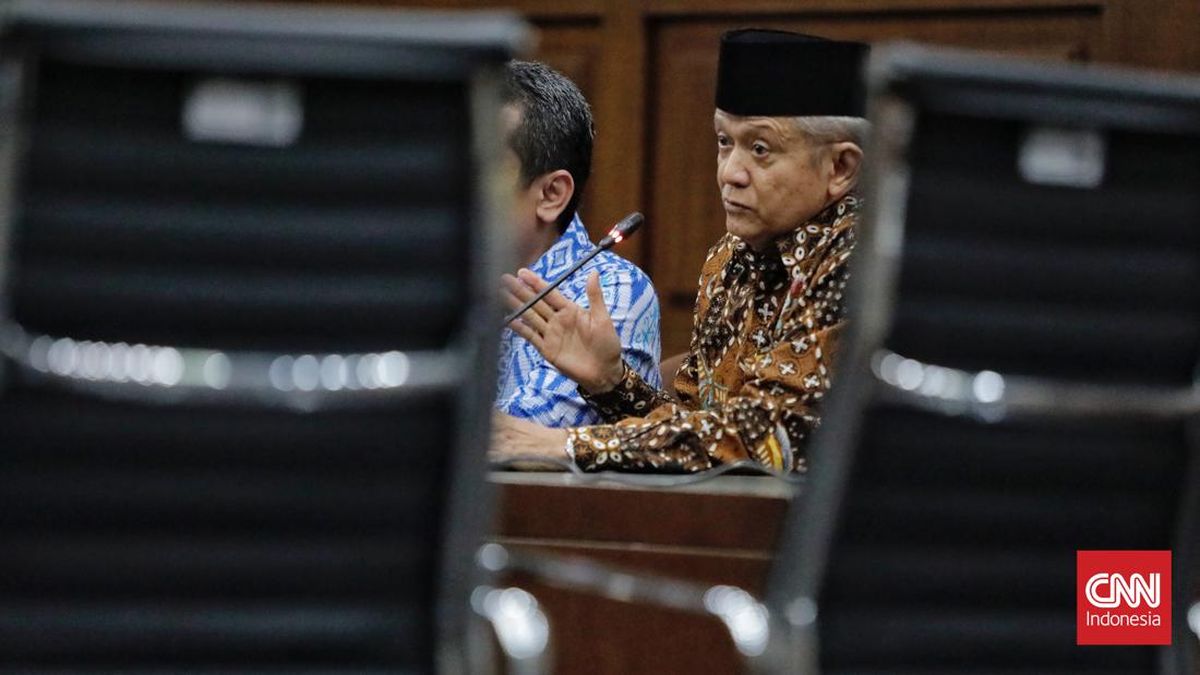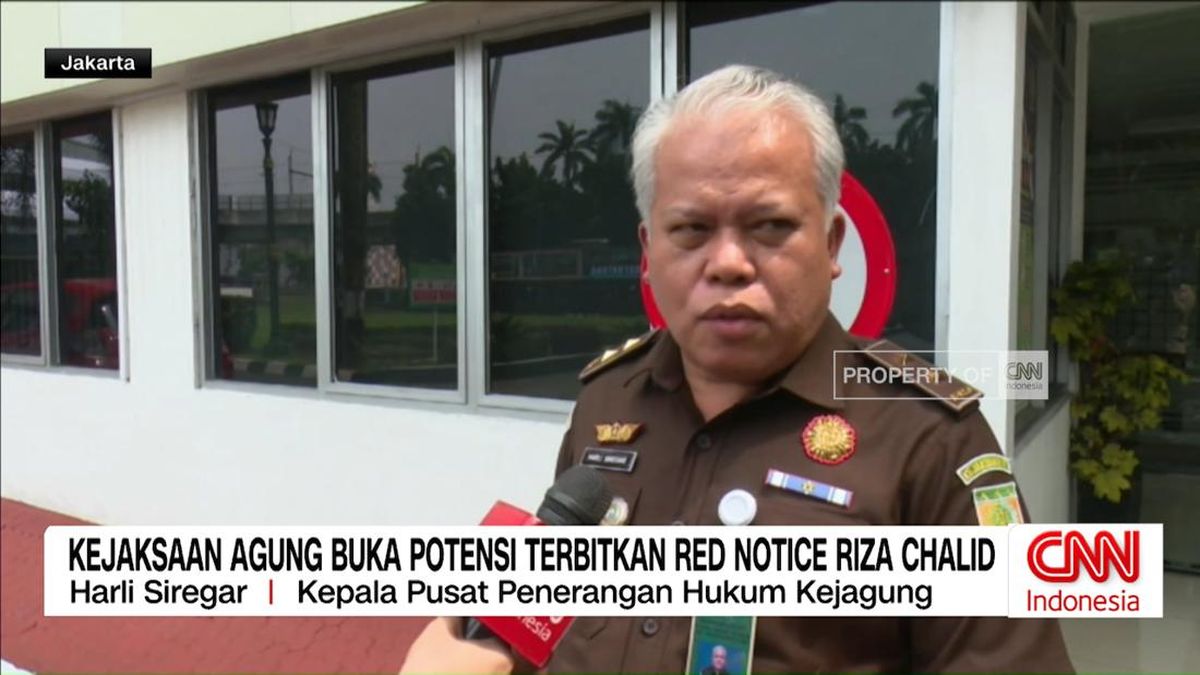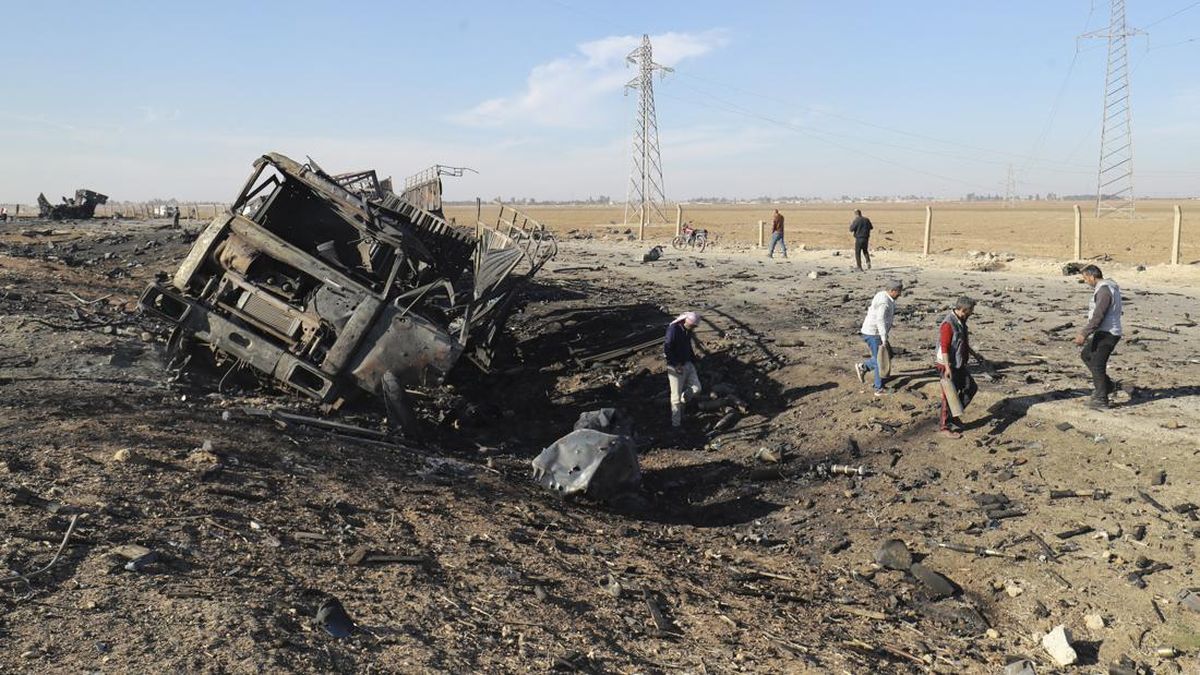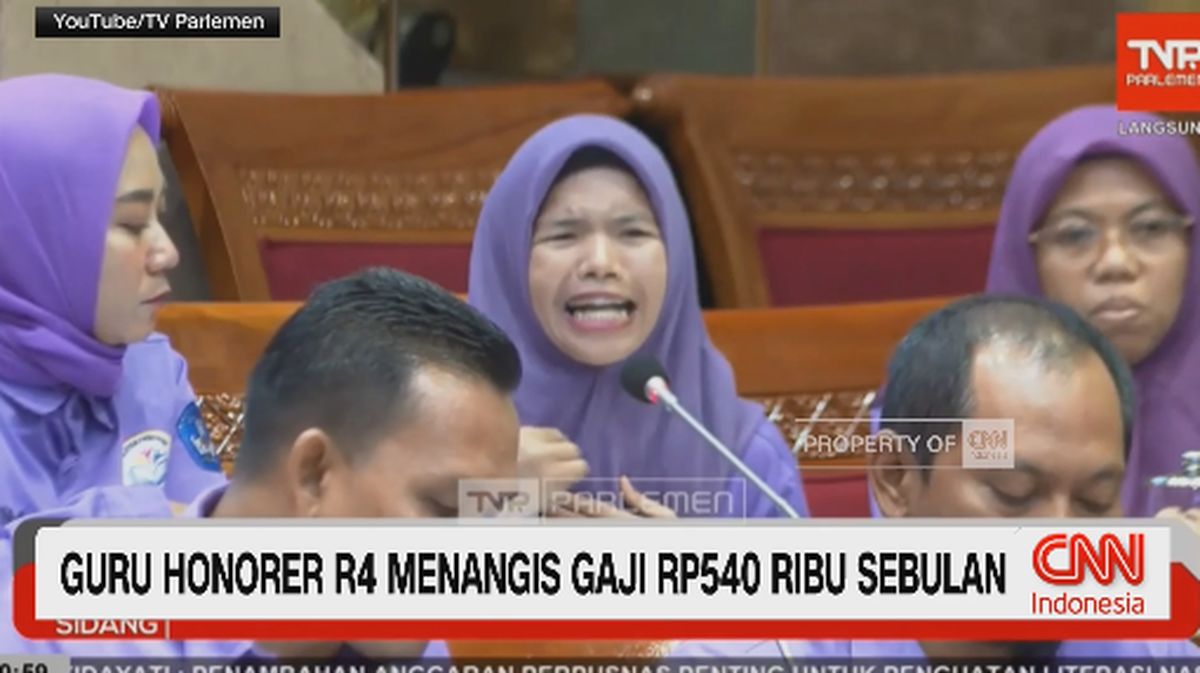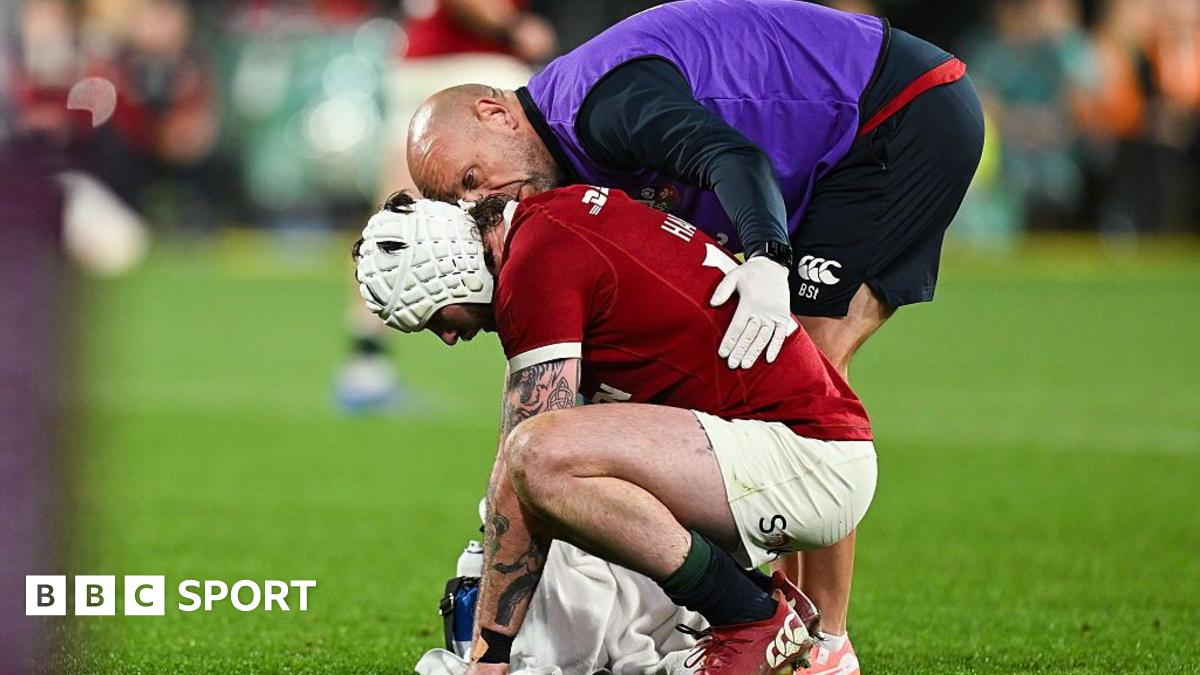What does an entrepreneur do when he has one company that is bleeding cash and another sitting on a pile of it? He, of course, shifts cash from one to the other.
It gets more complicated when the company that has the cash is listed and the one that needs it isn’t, which is why Elon Musk says that he will seek shareholder approval for his privately-owned artificial intelligence business, xAI, to access to $US37 billion ($56 billion) of cash and near-cash sitting within his listed electric vehicle and humanoid robot entity, Tesla.

Elon Musk has his eye on Tesla’s substantial cash pile.Credit: Haiyun Jiang/The New York Times
How much of that cash does he have his eye one? Last year Musk asked the users on his social media platform, X (which merged with xAI earlier this year), whether Tesla should invest $US5 billion in xAI. About two-thirds of the respondents were in favour of investing.
Whether Tesla’s investors would share that view is another question.
Their company has its own issues, notably plunging sales due partly to Musk’s politicisation of the Tesla brand after his stint heading the controversial Department of Government Efficiency in the Trump administration and his subsequent falling out with Donald Trump, but also because Tesla’s vehicles are being challenged by cheaper and more sophisticated EVs from China and Europe and even other US manufacturers.
Tesla’s sales in the June quarter slumped 13 per cent – it produced about 60,000 fewer vehicles in the quarter than for the same period last year.
Loading
The company is also facing the withdrawal by the Trump administration of tax credits for EVs, worth up to $US75000 per vehicle, that have helped support Tesla’s sales in US, while also withdrawing carbon credits whose sale to other companies to help them meet emissions requirements has been a very significant source of revenue for Tesla.
Musk seems unconcerned about the downturn in sales, although he’s more than antsy about the withdrawals of tax incentives. He’s adamant that the future of Tesla is in robotaxis and robots, although Tesla has only recently started on-road, heavily controlled, trials of its robotaxis.
His shareholders, however, want him to devote himself to Tesla, rather than his other ventures (xAI, SpaceX, The Boring Company etc) or politics, where he recently announced plans to launch the America Party to challenge Republicans and Democrats.
Now they may be asked to approve a multibillion dollar investment in an AI business that Musk has previously said is developing AI that is quite different to Tesla’s.

Tesla has a number of its own issues to deal with. Credit: Bloomberg
The companies do have existing links. xAI buys batteries – more than $US200 million of them so far – from Tesla. Its “Grok” chatbox may also be deployed within Tesla’s autos.
It’s not, however, the synergies driving Musk’s interest in tapping Tesla’s cash reserves. It’s xAI’s insatiable appetite for cash.
The AI vehicle is haemorrhaging cash at a rate of more than $US1 billion a month. According to Bloomberg, it expects to burn $US13 billion this year.
It has been reported that, in presentations to potential debt and equity providers, it has said it expects to generate about $US500 million of revenue this year (Open Ai’s ChatGPT is forecast to generate nearly $US13 billion) and $US2 billion next year. It doesn’t expect to be profitable until 2027, or become cashflow positive before 2029.
Tesla shareholders do tend to invest in Musk the individual as much, if not more, than they do in Tesla’s EV-manufacturing future, so would probably be expected to ratify an investment, or series of investments, in xAI.
That means, to continue funding its development, it has to raise a lot of equity and debt. Its rivals – Open AI, Google, Facebook, Anthrophic (backed by Amazon and Google), Google and Meta are all spending vast amounts of cash on their AI models but all of them have access to vast resources.
Musk’s xAI has raised a lot of money since launching in March last year, when it attracted $US6 billion at a valuation of only $US18 billion.
It raised another $US6 billion in December, at a valuation that had jumped to about $US50 billion, and another $US10 billion of equity and debt in March, when xAI merged with Musk’s X social media platform. In that deal, xAI was valued at $US80 billion and the merged entity’s equity base at $US113 billion.
Now it’s reported to be looking to attract more debt and equity – another $US5 billion of equity and a similar amount of debt.
Loading
SpaceX has apparently committed $US2 billion, Saudi Arabia’s sovereign wealth fund, which has an indirect interest in a $US800 million stake in xAI, may contribute and, now, Tesla shareholders will be asked to allow Tesla to inject some of its cash.
The valuation range being used for the raising: a whopping $US170 billion to $US200 billion! Not bad for a company valued at less than $US20 billion not that much more than a year ago.
With about half that cash, if it is raised, expected to be chewed up within three months, it is almost inevitable that xAI’s backers will be asked for further contributions before the end of this year, presumably at an even higher valuation.
There is some industrial logic to closer ties, if not a merger (which Musk has ruled out, emphatically) between xAI and its X social media platform and Tesla.
Tesla user data and X’s user base could provide cheap or free access to vast amounts of the data needed to train AI models and create a feedback loop that could help the development of Tesla’s own operations, particularly its robots, while Grok could provide an AI interface for Tesla drivers and robotaxi passengers.

xAi is bleeding cash at an alarming rate. Credit: Bloomberg
While Grok has had its teething problems, partly because of Musk’s determination that it shouldn’t be “woke” – it recently praised Hitler while sharing antisemitic posts on X and said a Holocaust-like response to hatred against whites could be effective – Musk has claimed that it performs better than its rivals.
It is conceivable that, while the Tesla investment case for supporting xAI’s fund-raising might be less than compelling, with only modest synergies, the argument for a stake simply as a potentially lucrative, albeit risky, investment might appeal to some Tesla shareholders.
Loading
Tesla shareholders do tend to invest in Musk the individual as much, if not more, than they do in Tesla’s EV-manufacturing future, so would probably be expected to ratify an investment, or series of investments, in xAI.
The fact that he has had to tap SpaceX, which is also planning to raise new capital – at a valuation of around $US400 billion – and may access Tesla’s cash, suggests that xAI hasn’t found it easy to attract funds from unaligned investors.
Musk has had to turn to his private network and the one listed entity that he, through the force of his personality and record as an entrepreneur rather than his 13 per cent shareholding, effectively controls.
With Meta, Microsoft, Amazon and Google planning to spend about $US320 billion between them this year on their AI businesses, much of it on data centres, the cost of playing in the AI space is horrendously expensive and will test Musk’s ability and the financial capacity of the companies within his orbit if xAI is to stay in the contest.
Those investors who have backed the mercurial Musk in the past, however, are used to wild but ultimately successful rides.
The Business Briefing newsletter delivers major stories, exclusive coverage and expert opinion. Sign up to get it every weekday morning.
Most Viewed in Business
Loading

